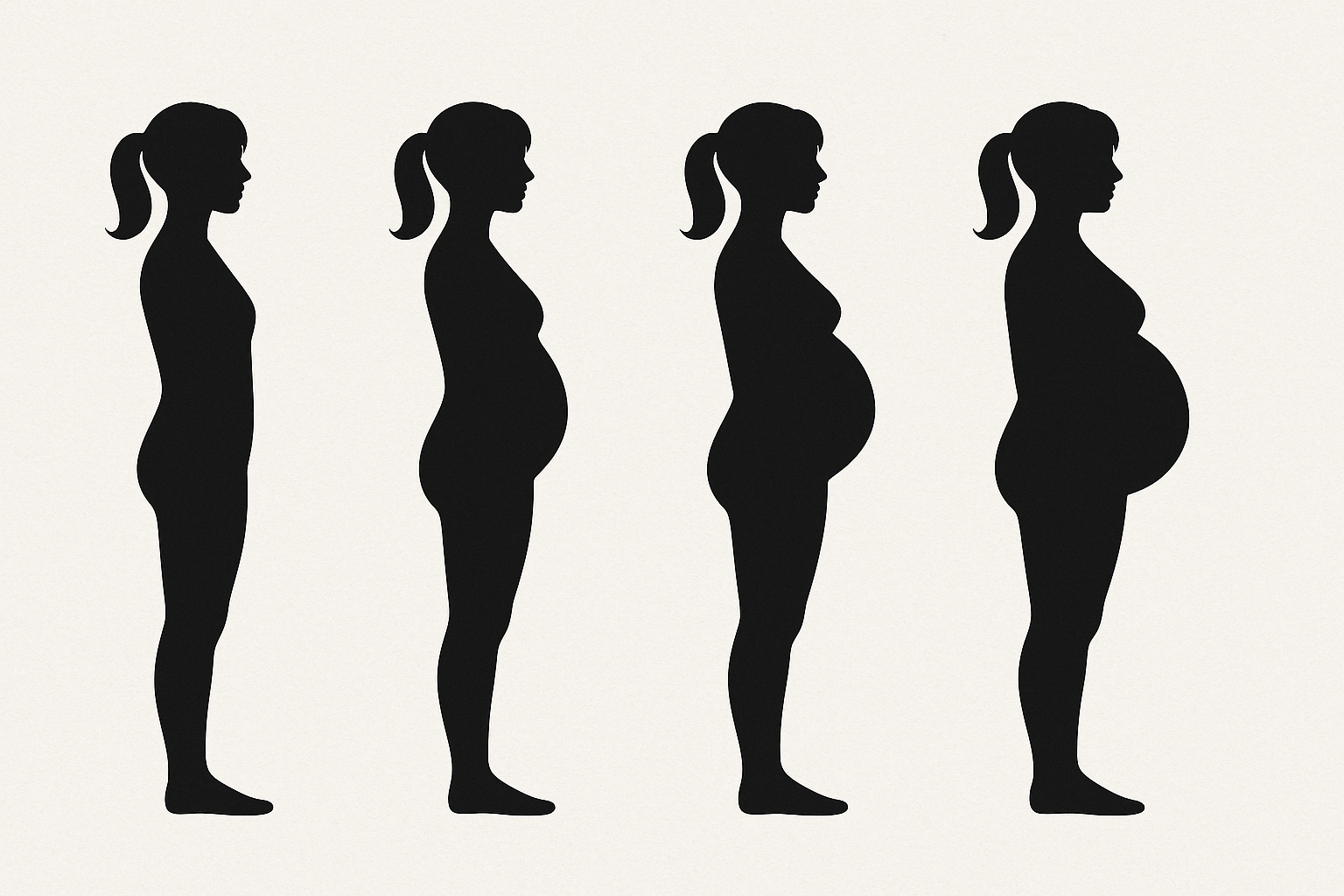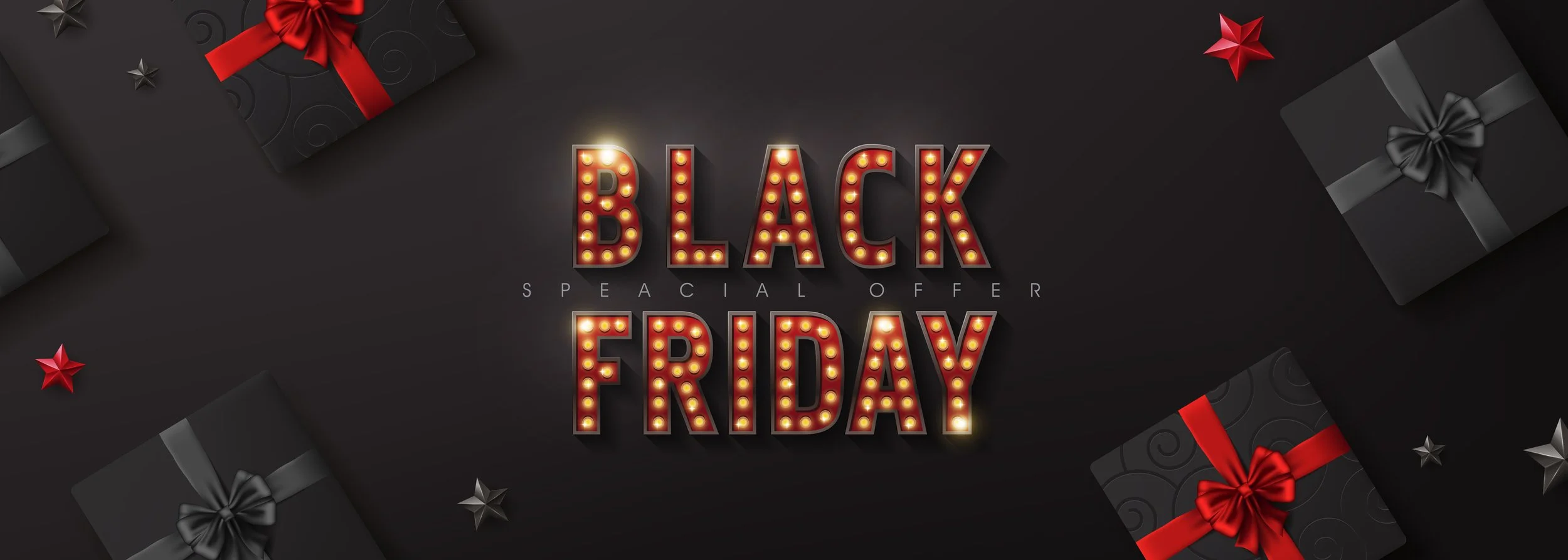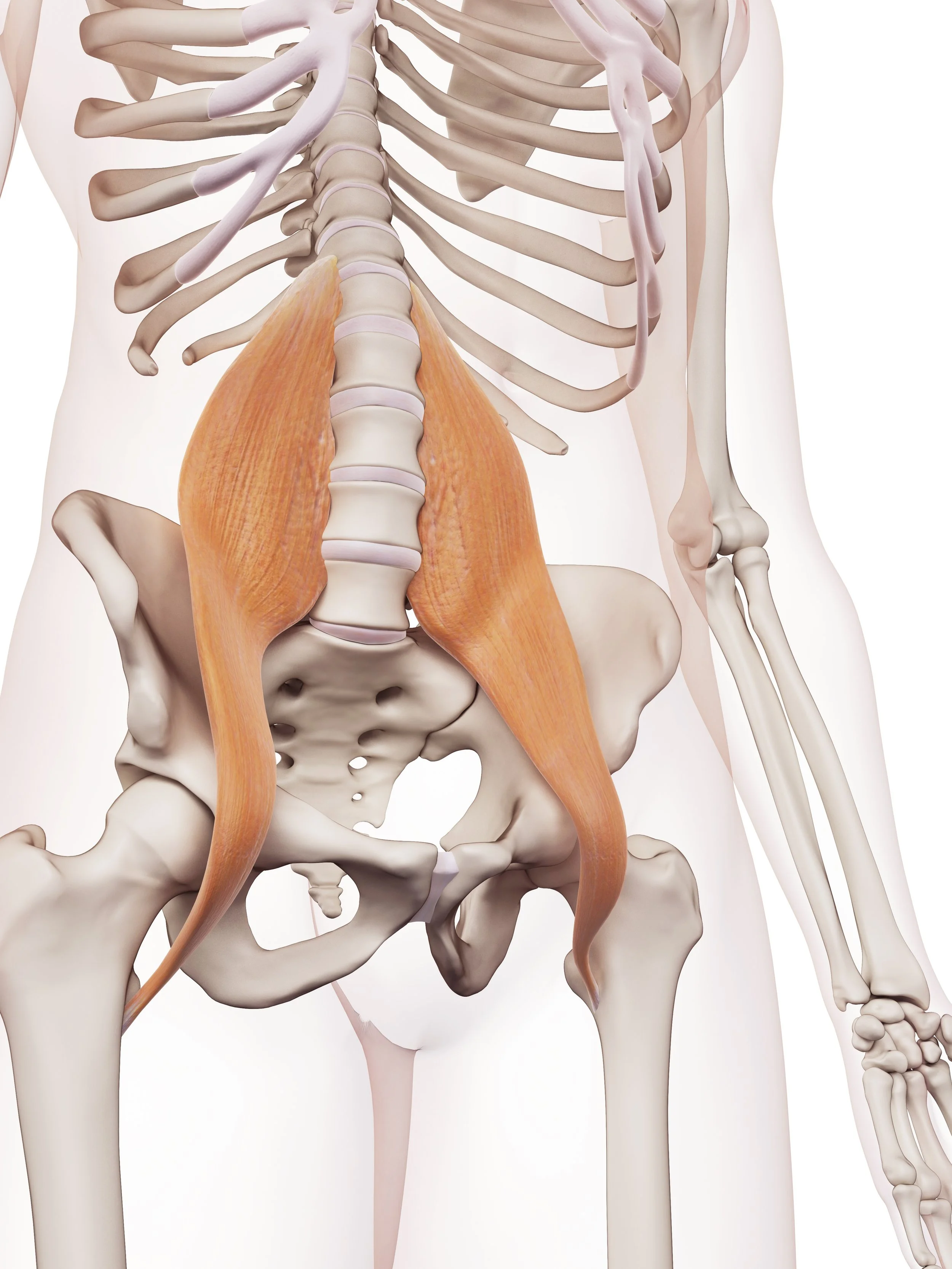https://www.npr.org/2021/08/11/1026816658/study-us-kids-diet-ultraprocessed-junk-food
The article published in JAMA this fall hit a raw nerve for me, as much as it was an affirmation of a project I have been brewing on for a while.
The stats on nutrition in the US are absolutely abominable. The average American, when honest, admits that their diet is not ideal, but the reality is much worse. A whopping 2/3 of the average food intake is “ultra processed foods”. In other words, junk with no nutritional values and a lot of toxic effect.
We could spend a lot of time bemoaning the issue, and going into the technicality of what is an ultra processed food (hint: a lot of things you probably consider not so unhealthy because our minds have been so desensitized to the concept of real food ). But I feel like my time could be better spent offering some solutions to the problem.
After 27 years of practice, I never cease to be surprised by how many times I get it totally wrong. This has played out often in the area of guiding patients to better nutrition. Offering solutions to the wrong problem is guaranteed to flop. In this instance, it means intensely bombarding patients with well intentioned nutritional information in great details, and badgering them about not following through.
After 25 years of this approach, it occurred to me that I was not offering the right solution, because I was not asking the right question. Even worse, I was not asking questions at all. The questions were are simple as: “What are the barriers preventing you from eating well when you state a strong desire to do so?”
It turns out that you do not always need to reinvent the wheel, or, as a great friend of mine describes, engage in the process of kicking open doors. There is a lot of good research on the barriers to healthy eating. Some of them are more complex to address (those pertaining to our deep rooted relationship to food taste, culture, upbringing and emotional support), while some others are more logistical and thus easier to resolve.
The LaZ Kitchen project was an organic reaction to the awareness of 4 major “barriers”:
People have very little time to cook, they do not know how to cook, they do not like to cook, prep or clean up (the “lazy” rule of the LaZ Kitchen).
People are concerned about the cost and affordability of cooking healthy meals (the “thrifty” rule of the LaZ Kitchen).
People have ultimately little genuine knowledge of what is a healthy balanced meal. And they do not have a lot of time or interest in finding out (the “healthy” rule of the LaZ Kitchen).
People DO NOT KNOW HOW TO MAKE THE PRACTICAL TRANSITION BETWEEN WHAT THEY KNOW OF GOOD EATING AND TRANSLATE THAT INTO FOOD SHOPPING AND PREPARING.
For the past three months, I have been quietly cooking up a storm in my own kitchen and coming up with a docket of recipes recorded in short videos with the patient help of my home videographer Pauline. There is nothing very polished about the end product, but it is the way real folk like you and I come up with real food to put on the table, that will not send us to the grave prematurely. I hope that you will find this a useful resource in bridging your gap to sound eating, and stay tuned for the content that we are continuing to upload every other week.
https://www.bwclinic.com/laz-kitchen





